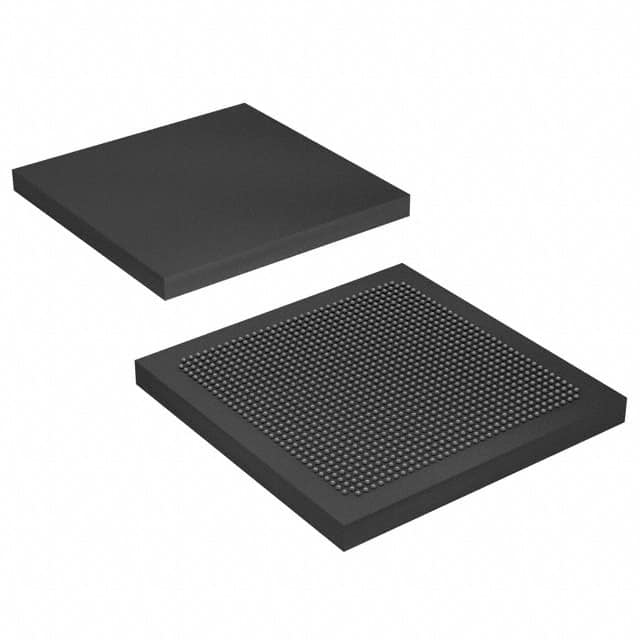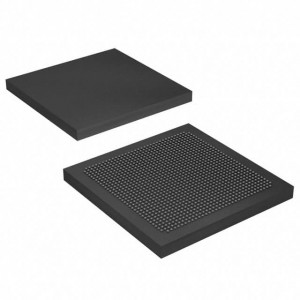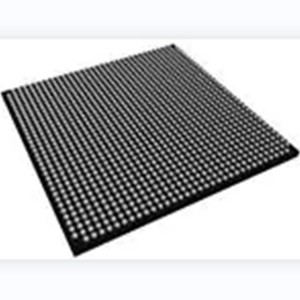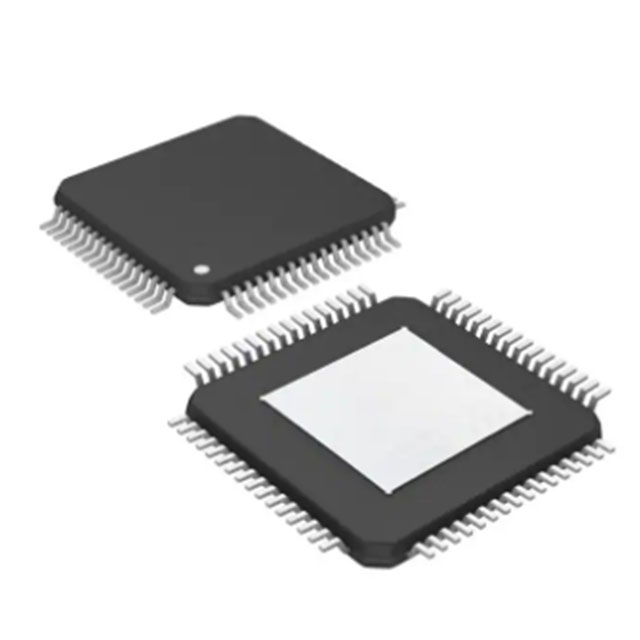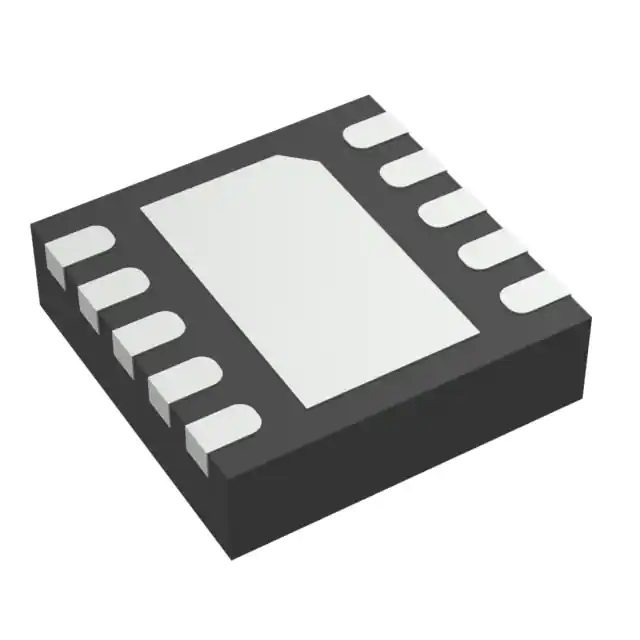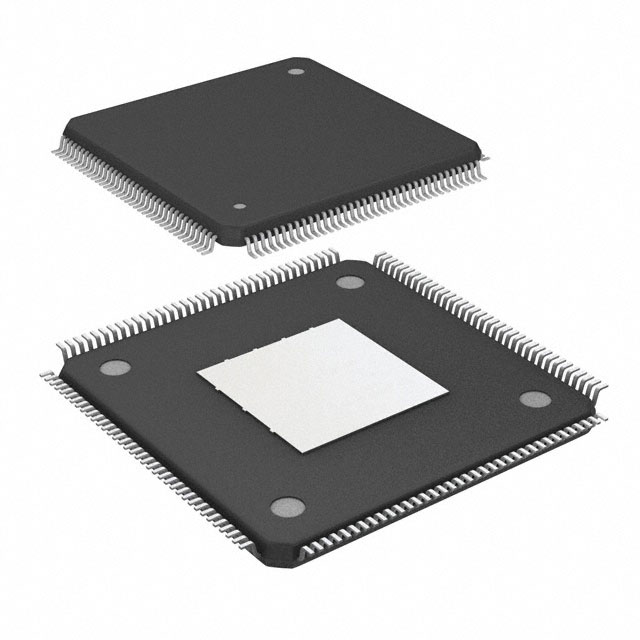New And Original Integrated Circuit IC multiplexer EP2SGX60EF1152C3N IC FPGA 534 I/O 1152FBGA
Product Attributes
| TYPE | DESCRIPTION |
| Category | Integrated Circuits (ICs) |
| Mfr | Intel |
| Series | Stratix® II GX |
| Package | Tray |
| Standard Package | 24 |
| Product Status | Obsolete |
| Number of LABs/CLBs | 3022 |
| Number of Logic Elements/Cells | 60440 |
| Total RAM Bits | 2544192 |
| Number of I/O | 534 |
| Voltage – Supply | 1.15V ~ 1.25V |
| Mounting Type | Surface Mount |
| Operating Temperature | 0°C ~ 85°C (TJ) |
| Package / Case | 1152-BBGA |
| Supplier Device Package | 1152-FBGA (35×35) |
| Base Product Number | EP2SGX60 |
Another battle and another retreat in storage
It is no exaggeration to say that Intel was the rightful hegemon in the decade when the PC was at its peak, however, as the smartphone era kicked off, the PC market began to decline. Coupled with the rise of the Internet, big data, cloud computing, high-performance computing, and other emerging applications, the huge volume of information and data has led to the demand for data storage gradually outstripping the demand for CPU computing power, which is manifested in the growth of storage compared to the growth of CPUs in terms of shipments.
Faced with this new strategic turning point in solid-state storage, Intel is once again entering the storage market. Although the storage business has no longer been Intel’s main business since 1985, it has also continued to lay out its NOR-type flash memory chip business and accumulated many core technologies.
As early as 2006, Intel and Micron Technology established IM Flash Technologies to jointly produce NAND flash memory. in July 2015, Intel and Micron Technology launched 3D XPoint’s non-volatile memory technology. In October of the same year, Intel also turned its Dalian 12-inch plant from what used to be a processor business into a Nand flash memory chip business. in March 2017, Intel published its first solid-state drive (SSD) with 3D XPoint storage, and Intel branded such SSDs as Optane, which we know as the Aeon business.
According to the news at the time, 3D XPoint technology achieved up to 1,000 times faster and more durable than NAND, and up to 10 times higher storage density than traditional memory. Just when there was speculation about whether Intel could regain its position as storage leader with its Aeon business, things changed again. Due to differing philosophies of experience, in July 2018, Micron Technology and Intel agreed that in the second half of fiscal 2019, after completing joint development work on 3D XPoint technology at the end of the second generation node, the two companies would independently drive their future technology roadmaps.
In short, Intel and Micron have “parted ways” and the fabs capable of manufacturing 3D XPoint are owned by Micron (Intel sold its stake to Micron), which means Intel has lost the ability to manufacture 3D XPoint, which could be the end of the Aton business.
There were already hints of Intel fading out of the storage business back in 2020 when it sold its NAND flash memory as well as storage business to SK Hynix for $9 billion, although it still retained the Aston business at the time. Although earlier this year, according to Blocks & Files Intel Vice President Kristie Mann said that an Optane Gen 3 announcement was imminent, the resignation of Alper Ilkbahar, Vice President and General Manager of the Data Centre Memory and Storage Solutions Division (which includes the Aston business), the lack of related commitments and plans, and the long years of losses in the business, have all raised the industry to have doubts about it.
Data shows that the Aeon business has been in the red since 2017, with Intel losing US$2 billion on the 3D XPoint business in 2017 and 2018, and still losing US$1.5 billion in 2019, with losses in the Aeon business still reaching US$576 million in 2020 and an estimated loss of roughly US$529 million in 2021. Five consecutive years of losses, even for Intel, are somewhat resilient. In its latest quarterly earnings report, Intel officially announced that it will completely shut down its Optane technology-related business, which has been losing money.
The question on Zhihu was “How do you feel about Intel ending its Optane persistent memory business?” As “Wooden Dragon” said in his reply, “The development of the semiconductor industry must be based on a large enough consumer base, and a technology that is too high and too small is a dead end. ” The success of both the X86 and ARM architectures is due to a large number of users and developers. The relatively inexpensive development platform brought together tens of millions of application developers who, through rapid iterations, improved performance, fixed defects, increased functionality, and developed a variety of applications to further increase sales to expand the market size.
Despite its strong performance, Orthon “killed itself” in the end.
Will the future be miraculous again?
Now that Intel is on the same trajectory as it was in 1985, where will Intel’s business focus fall after this exit from the storage business?
At Intel’s 2022 investor conference in February this year, Intel Chief Executive Pat Gelsinger divided the business into traditional and emerging businesses. Here I mainly introduce Intel’s three emerging businesses, as well as the traditional core business DCAI.






